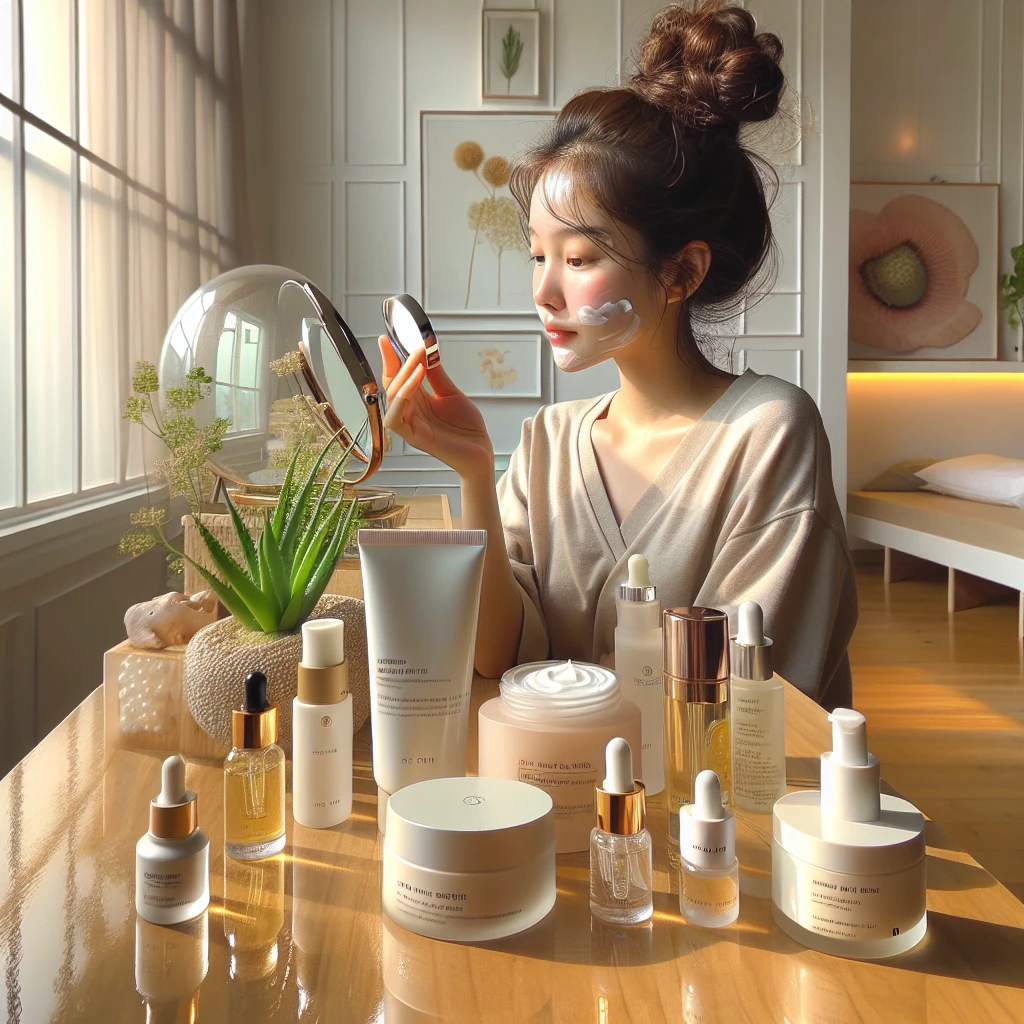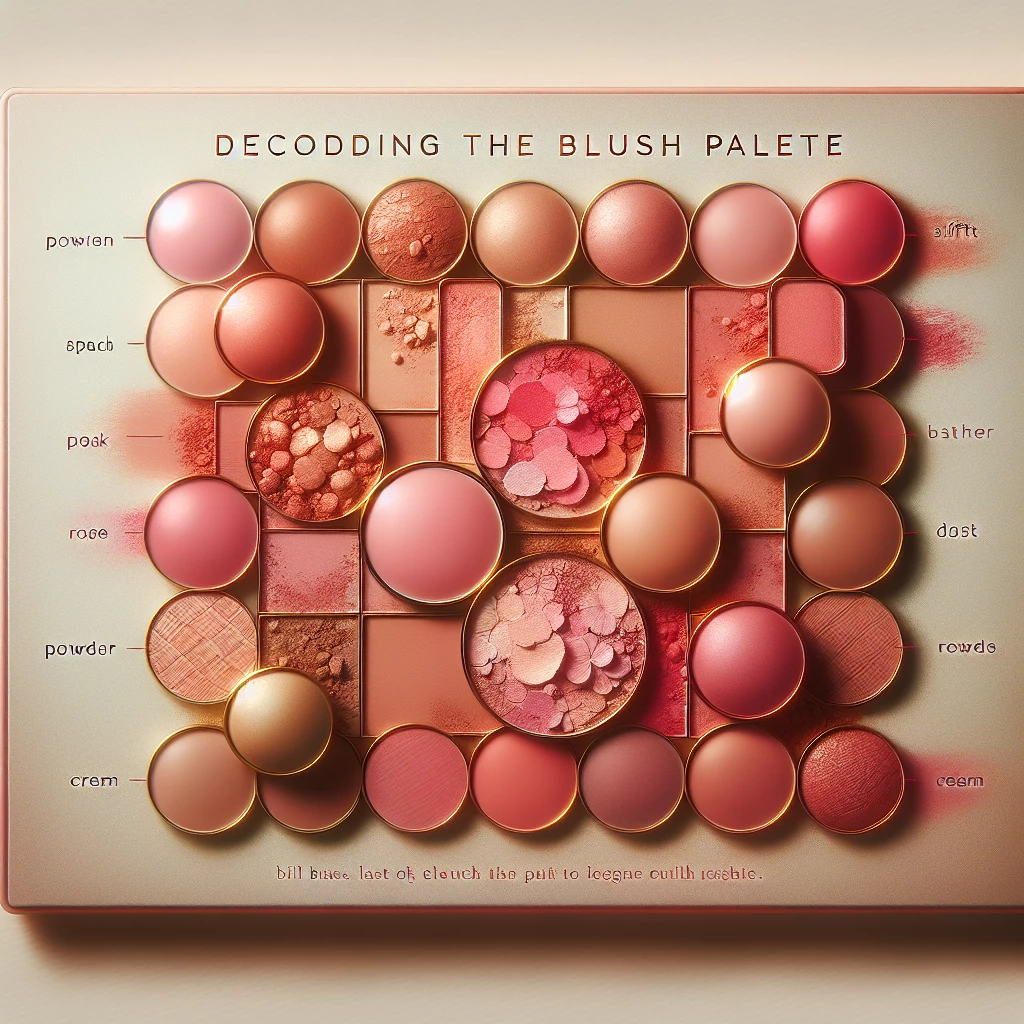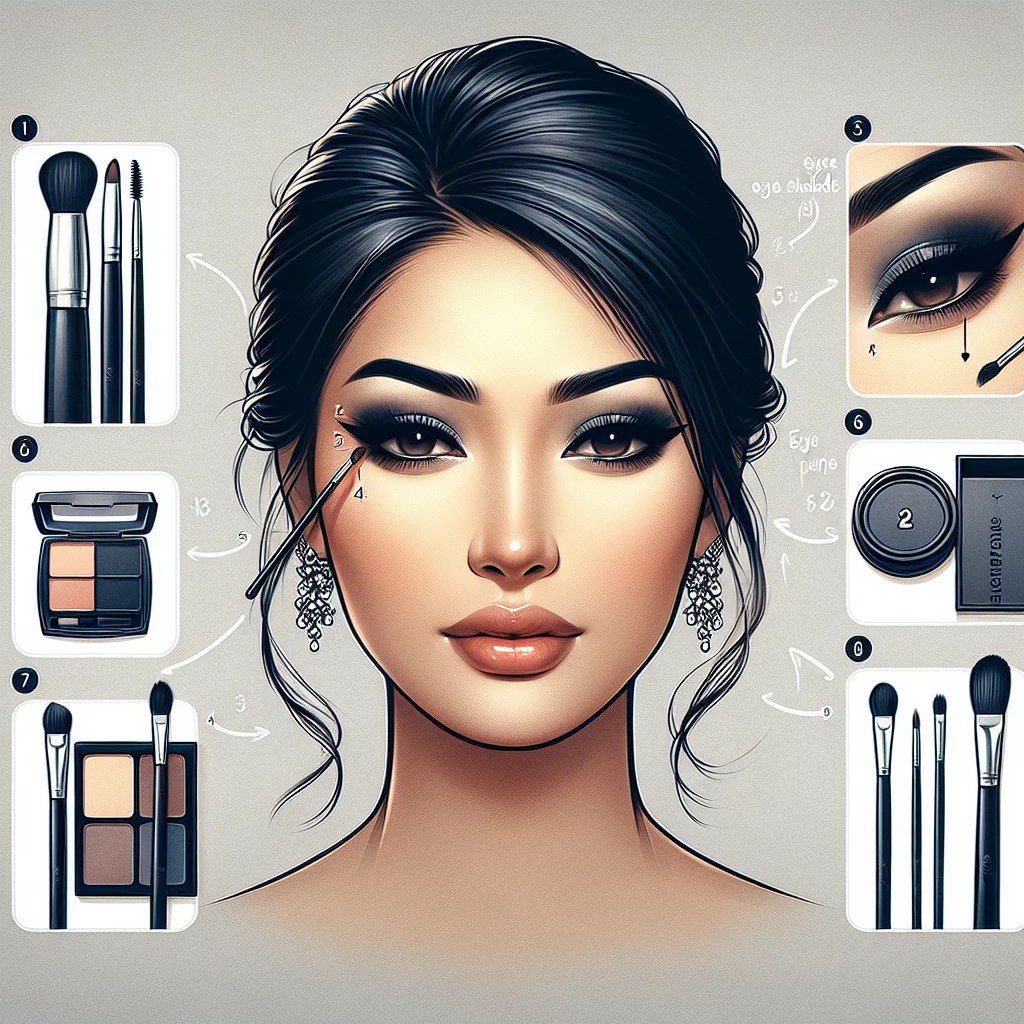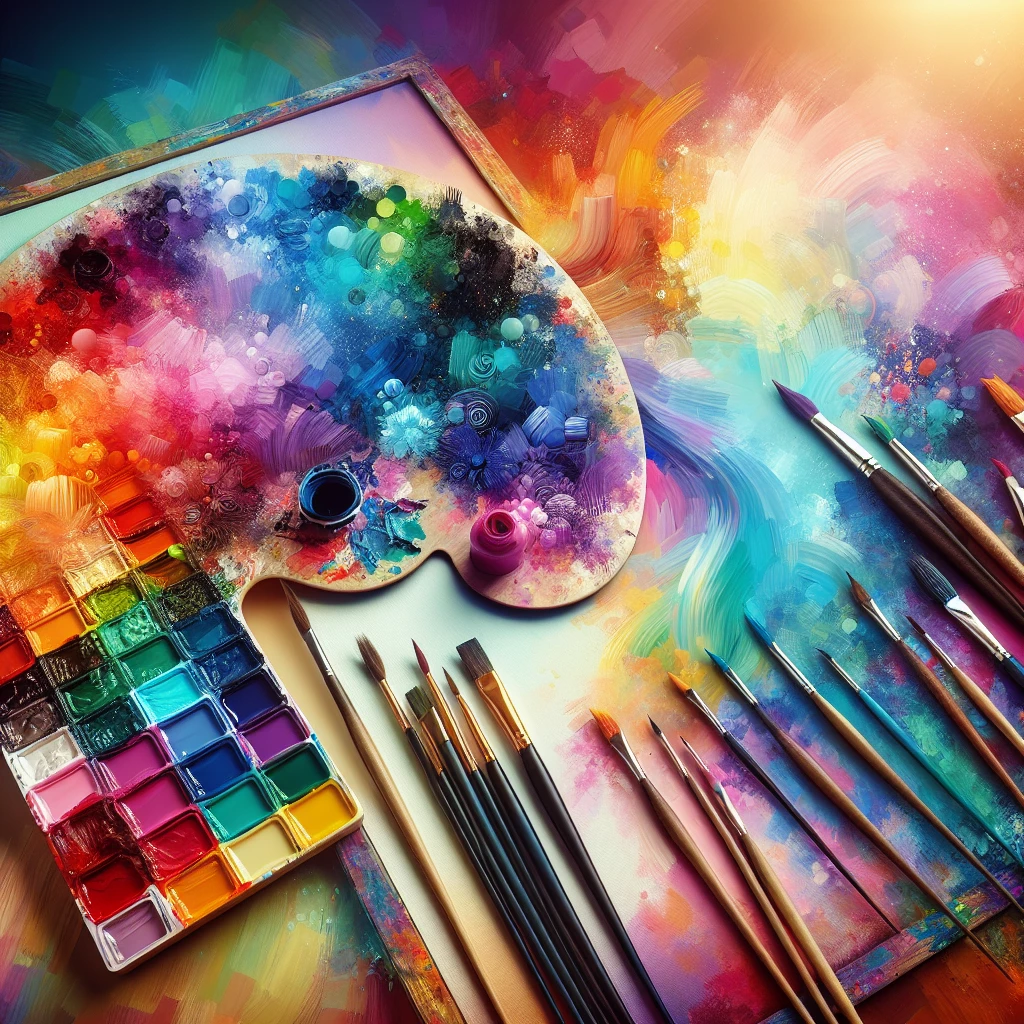Welcome to a fresh story from our Women and Makeup series. As we know, finding the right makeup colors to complement our skin tone, hair, and eyes can be daunting. That's why learning about color theory and how it pertains to makeup is crucial. Our journey will explore the color wheel and its role in choosing your makeup shades, especially emphasizing complementary tones. Whether it's for eye makeup or finding the perfect lip color, everything will be discussed right here on 'Palette Parade: Choosing Your Colors'.
Understanding the Color Wheel
A color wheel is a visual representation of the colors, organized in a circular format. It can be a helpful guide to creating harmony and contrast in your makeup palette. Not only does it help in devising unique color compositions for eye makeup but also aids in understanding undertones for a quintessential base makeup.
The color wheel includes primary colors (red, blue, yellow), secondary colors (obtained by mixing primary colors), and tertiary colors (created from primary and secondary colors). Mastering how these colors interact with each other will give you a whole new perspective on makeup.
Besides understanding the different colors, another key factor to note is the concept of warm and cool colors. This division will significantly help in choosing makeup colors apt for your complexion.
Complementary Tones in Makeup
Complementary colors are those directly opposite to each other on the color wheel. They enhance each other’s richness when used together, providing a vibrant and high contrast look.
In terms of makeup, the concept of complementary colors help determine which colors will accentuate certain features. For instance, green eyes will pop with red-toned eyeshadows, while blue eyes stand out with gold or copper shades.
Remember, if you have warm undertones, choosing shades from the cool spectrum, and vice versa, will create a charming effect. Taking advantage of this tool will help you create stunning and eye-catching makeup looks.
The Art of Eye Makeup
Mastering the art of eye makeup is an essential part of makeup application. The endless combinations of shades can entirely transform your look.
Using the color wheel as a guide can help choose eyeshadow colors that will accentuate your eye color. Understanding complementary tones can drive your eye makeup to stand out and leave an impactful impression.
Also, creating a balanced look is essential. If you are going for bold, colorful eye makeup, you might want to go easy on the lip color and vice versa.
Choosing the Right Lip Color
The right lip color can make or break your look. It should complement not only your skin tone but also should be in sync with the rest of your makeup.
While choosing lipsticks, remember that the color should harmonize with your undertone. For cool undertones, berries and bluish reds can be perfect, while warm undertones will shine with orange or corals.
Don't shy away from experimenting. So many factors determine the perfect lip color. The color of your clothes, the lighting, and even your mood can be a great guide in choosing the appropriate lip shade.
In this beauty expedition of makeup colors and combinations, we've seen how we can employ the humble color wheel to unlock an exceptional palette parade. It’s a useful tool to know which colors to pick for the best results. Keep in mind your complexion, undertones, and personal style. Remember, makeup is a form of self-expression. So, delve into the vibrant world of colors without hesitation, experiment, find your perfect shades, and embrace your makeup adventures.

The Magic of K-Beauty
Explore the trend of Korean beauty and what makes it a global phenomenon.

Decoding the Blush Palette
A comprehensive guide to using different shades of blush for various skin tones.

Creating Smokey Eyes: A Guide
Understand the art of achieving the perfect smokey eye look for any occasion.

Unmasking Lip Gloss Trends
Dive into the world of lip gloss, tracking its evolution and the latest trends.
